For centuries, equestrian sports have captivated audiences with their unique blend of athletic prowess, grace, and the special partnership between horse and rider. These competitions showcase not only the incredible abilities of these majestic animals but also the skill, dedication, and artistry of the humans who train and ride them. From the rolling hills of Kentucky to the historic arenas of Europe and the modern facilities of the Middle East, prestigious horse competitions draw competitors and spectators from around the world. These events represent the pinnacle of achievement in various equestrian disciplines, combining rich traditions with modern sporting excellence. The following exploration takes us through some of the most celebrated and renowned horse competitions on the global stage, each with its own history, character, and significance in the equestrian world.
The Kentucky Derby: America’s Most Famous Horse Race

Known as “The Most Exciting Two Minutes in Sports,” the Kentucky Derby stands as America’s oldest continuously held sporting event, dating back to 1875. Held annually on the first Saturday in May at Churchill Downs in Louisville, Kentucky, this prestigious race attracts the finest three-year-old Thoroughbreds competing for glory over a distance of 1¼ miles. The Derby represents the first leg of American horse racing’s Triple Crown and offers a purse now exceeding $3 million, making it one of the richest horse races in the country. Beyond the race itself, the Kentucky Derby has evolved into a cultural phenomenon featuring distinctive traditions like the mint julep cocktail, elaborate women’s hats, and the singing of “My Old Kentucky Home” as the horses parade to the starting gate, creating an atmosphere that transcends the boundaries of ordinary sporting events.
Royal Ascot: The Crown Jewel of British Horse Racing
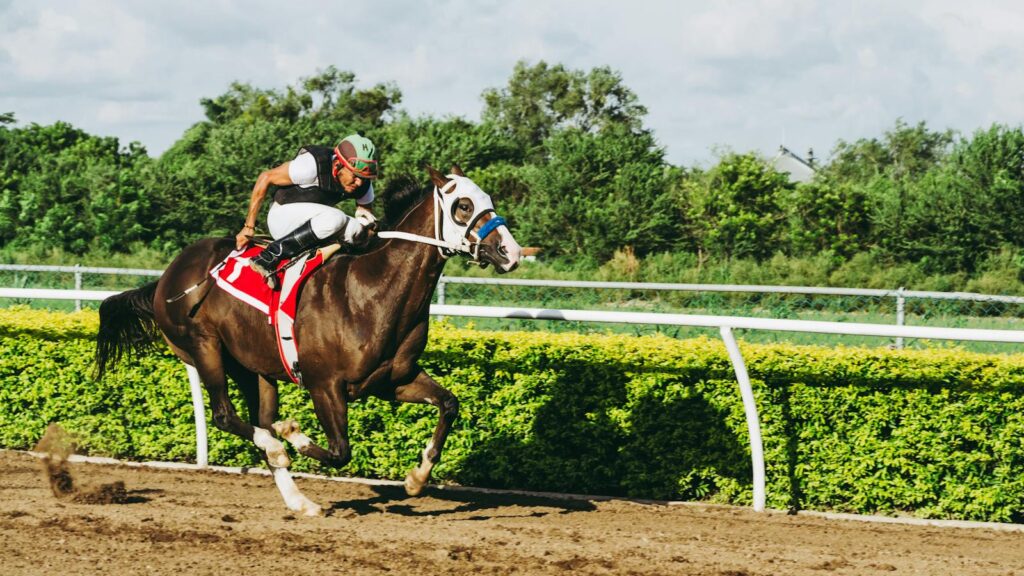
Royal Ascot represents the epitome of British horse racing tradition, combining sporting excellence with pageantry and social prestige since its establishment by Queen Anne in 1711. This five-day meeting in June at Ascot Racecourse features 18 group races with eight at the prestigious Group 1 level, attracting the world’s finest thoroughbreds and offering over £8 million in prize money. The event maintains a strong royal connection, beginning each day with the Royal Procession where the British monarch and accompanying royals arrive in horse-drawn carriages, creating one of the most iconic images in global horse racing. Royal Ascot is equally famous for its strict dress code, particularly in the Royal Enclosure where morning suits for men and formal dresses with hats for women are mandatory, emphasizing the event’s status as both a premier sporting competition and a highlight of the British social calendar.
The Prix de l’Arc de Triomphe: Europe’s Richest Turf Race
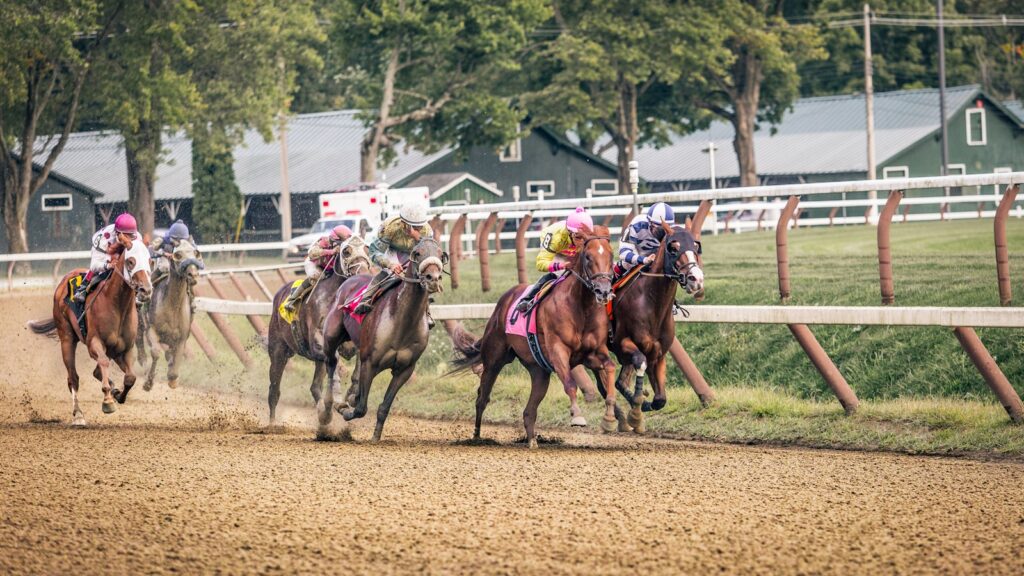
The Prix de l’Arc de Triomphe, affectionately known as “The Arc,” stands as Europe’s most prestigious and richest turf race, held annually on the first Sunday in October at ParisLongchamp Racecourse in France. First run in 1920, this Group 1 flat horse race covers 2,400 meters (approximately 1.5 miles) and features the continent’s finest middle-distance horses aged three years and older, with a purse that has reached €5 million in recent years. The race serves as the seasonal championship event for European thoroughbred racing, often determining the European Horse of the Year and attracting an international field of competitors seeking to cement their legacy in the sport. The Arc’s prestige is captured in its famous motto, “Ce n’est pas une course, c’est un monument” (“It’s not a race, it’s a monument”), reflecting its significance that extends beyond the sporting realm into cultural heritage, with the Paris backdrop and autumn setting creating a magnificent stage for what many consider to be the world’s greatest horse race.
The Breeders’ Cup World Championships: International Racing Excellence
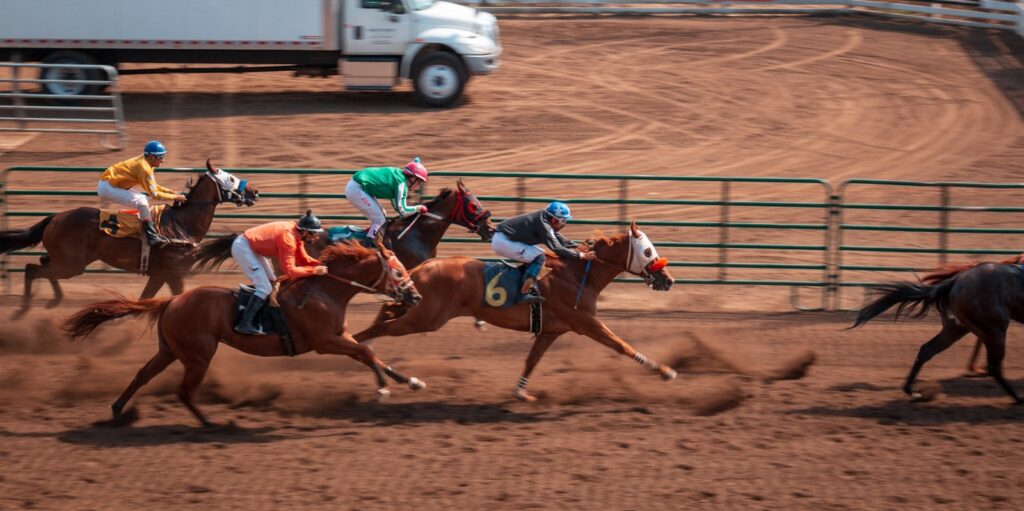
The Breeders’ Cup World Championships represents the pinnacle of international thoroughbred racing, having transformed from a one-day event at its 1984 inception to a two-day championship featuring 14 races and purses totaling over $31 million. Unlike many traditional racing events, the Breeders’ Cup changes venues annually among America’s premier racecourses, bringing its unique championship format to different racing communities. The event culminates with the $6 million Breeders’ Cup Classic, run at 1¼ miles on dirt and often playing a decisive role in Horse of the Year honors. What distinguishes the Breeders’ Cup is its truly global nature, with a “Win and You’re In” challenge series offering automatic qualifying berths through races held across North America, Europe, Japan, South America, South Africa, and Australia, creating fields that represent the best horses from various racing jurisdictions around the world competing in different divisions from sprint races to marathon distances, on both dirt and turf surfaces.
The Dubai World Cup: Middle East’s Racing Spectacle
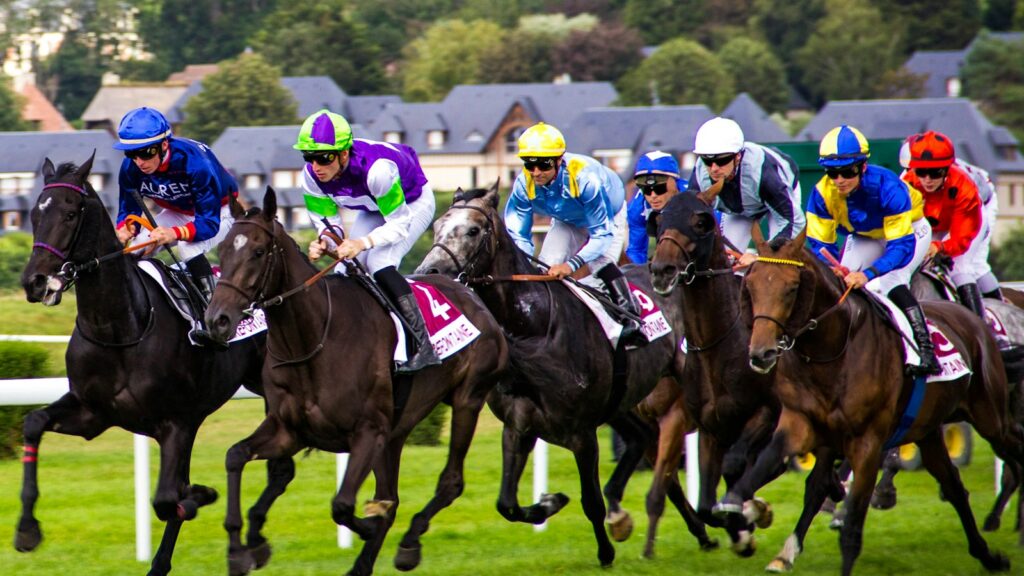
The Dubai World Cup stands as a testament to the globalization of horse racing, having rapidly ascended to become one of the world’s most prestigious and lucrative races since its inauguration in 1996. Held at the spectacular Meydan Racecourse, which features the world’s longest grandstand at over a kilometer in length, this 2000-meter (1¼ mile) contest carries a staggering purse of $12 million, making it among the richest horse races globally. The race serves as the centerpiece of Dubai World Cup Night, which includes eight additional high-value races with a combined prize pool exceeding $30 million, attracting elite competitors from every major racing nation. The Dubai World Cup represents Sheikh Mohammed bin Rashid Al Maktoum’s vision of establishing the United Arab Emirates as a global racing power, with state-of-the-art facilities that include a five-star hotel overlooking the track and a stunning LED-illuminated canopy that can display a dynamic lightshow during evening races, creating an unparalleled racing experience that blends Middle Eastern hospitality with elite international competition.
The Melbourne Cup: The Race That Stops a Nation
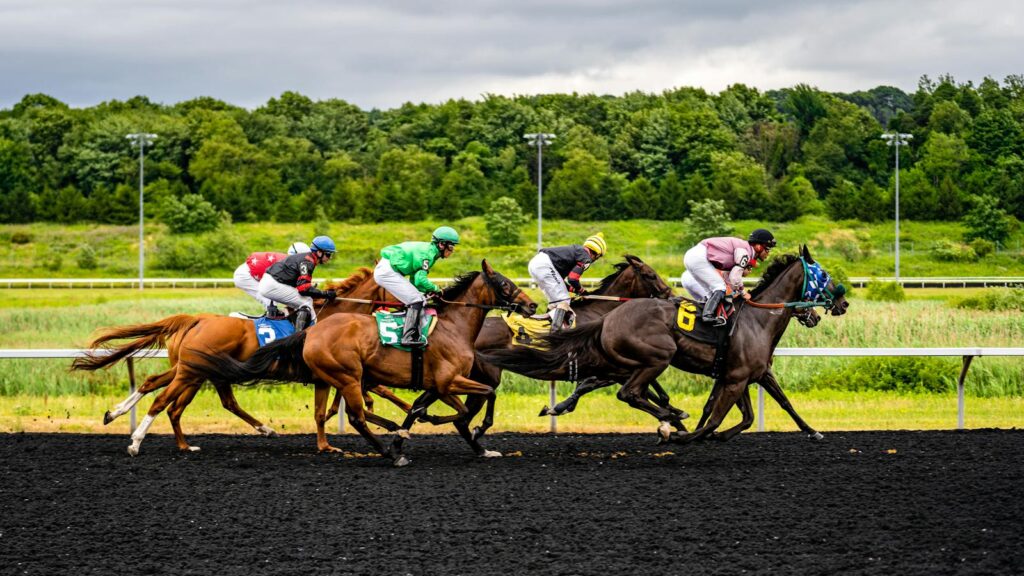
The Melbourne Cup has earned its nickname as “the race that stops a nation” by becoming an integral part of Australian cultural identity since its first running in 1861 at Flemington Racecourse. This 3200-meter (approximately two-mile) handicap race is held on the first Tuesday in November and has evolved into a public holiday in its home state of Victoria, with the entire country essentially coming to a standstill during the race’s broadcast. With a purse of A$8 million, the Melbourne Cup has transformed from a domestic competition to an internationally coveted prize that attracts top stayers from Europe, Japan, and beyond, with foreign-trained horses increasingly dominating in recent decades. The Melbourne Cup Carnival extends beyond racing to become a major social and fashion event, with traditions like “Fashions on the Field” competitions celebrating elaborate outfits and striking millinery, while maintaining a distinctly Australian character that combines high-class racing with a festive, egalitarian atmosphere accessible to people from all walks of life.
The FEI World Equestrian Games: Olympic Disciplines United
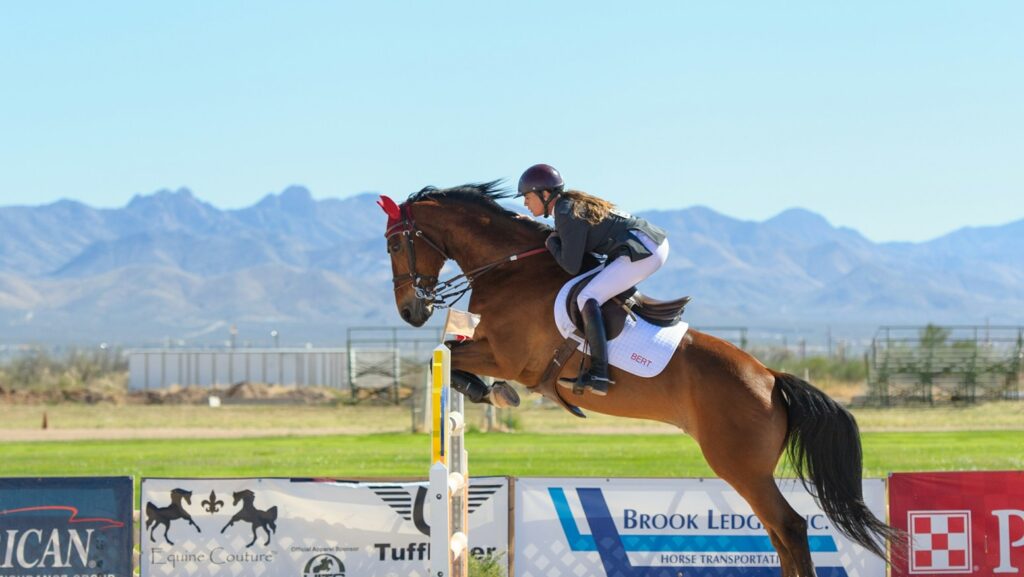
The FEI World Equestrian Games represents the most comprehensive international championship in equestrian sport, bringing together eight disciplines governed by the Fédération Equestre Internationale (FEI) in a quadrennial event that serves as the sport’s highest achievement outside the Olympic Games. First held in 1990, these games unite competitions in jumping, dressage, eventing, driving, endurance, vaulting, reining, and para-equestrian events in a single location, making it the most diverse showcase of equestrian skills and the only FEI championship that features all disciplines simultaneously. The 2018 edition in Tryon, North Carolina, attracted nearly 700 athletes and 850 horses representing 71 countries, demonstrating the truly global nature of equestrian sport and providing a platform for less mainstream disciplines to receive international attention. Unlike racing events focused on speed and finishing position, the World Equestrian Games celebrate the full spectrum of horse-human partnerships, from the precision and artistry of dressage to the raw endurance of 160-kilometer rides, with championships determining the world’s best in each discipline and serving as important qualifiers for Olympic Games participation.
Badminton Horse Trials: The Ultimate Test in Eventing

The Badminton Horse Trials stands as one of eventing’s most challenging and prestigious competitions, held annually since 1949 on the grounds of Badminton House in Gloucestershire, England. As one of only seven CCI5*-L events (the highest level in eventing), Badminton tests the complete horse and rider through three distinct phases: dressage, demonstrating precision and obedience; cross-country, challenging courage and endurance over natural obstacles; and show jumping, requiring accuracy and careful technique when both horse and rider are fatigued. The cross-country phase at Badminton is particularly renowned for its difficulty and spectacular natural features like the Lake Crossing and the Vicarage Vee, historically causing significant challenges even for the world’s elite competitors. The event draws crowds exceeding 200,000 spectators throughout the competition week, making it one of the best-attended sporting events in the United Kingdom and offering a substantial prize pool topped by the Mitsubishi Motors Trophy and £100,000 for the winner, with a completion of Badminton standing as a career-defining achievement for any event rider.
CHIO Aachen: The World Equestrian Festival
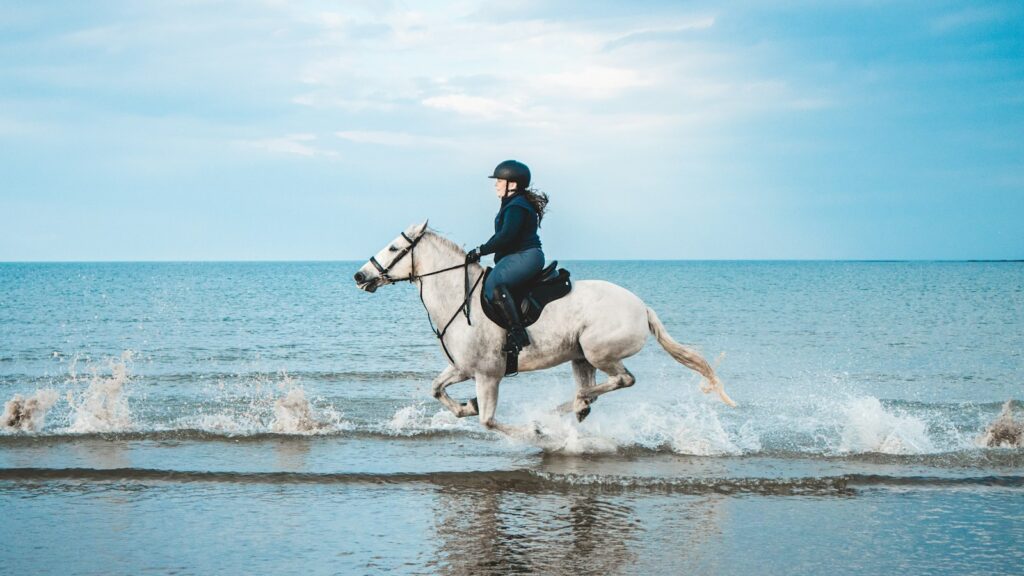
CHIO Aachen (Concours Hippique International Officiel) has earned its reputation as the world’s largest and most prestigious equestrian tournament, attracting over 350,000 spectators annually to its historic grounds in Aachen, Germany. Dating back to 1898, this ten-day extravaganza features international championships in five disciplines: show jumping, dressage, eventing, four-in-hand driving, and vaulting, with the showcase being the Rolex Grand Prix of Aachen in jumping with a prize purse exceeding €1 million. The Main Stadium at Aachen, accommodating 40,000 spectators, creates an electric atmosphere that riders claim is unmatched anywhere else in the world, with the Deutsche Bank Prize in dressage and the prestigious Nations Cup team competitions generating comparable excitement. The technical excellence demanded by Aachen’s immaculately maintained arenas and challenging course designs has established the tournament as a true championship venue where success represents the pinnacle of achievement in non-racing equestrian sport, embodied in the German phrase “Wer in Aachen gewinnt, der hat die Welt gewonnen” – “Whoever wins in Aachen has won the world.”
The Spruce Meadows ‘Masters’: Jumping’s Canadian Jewel
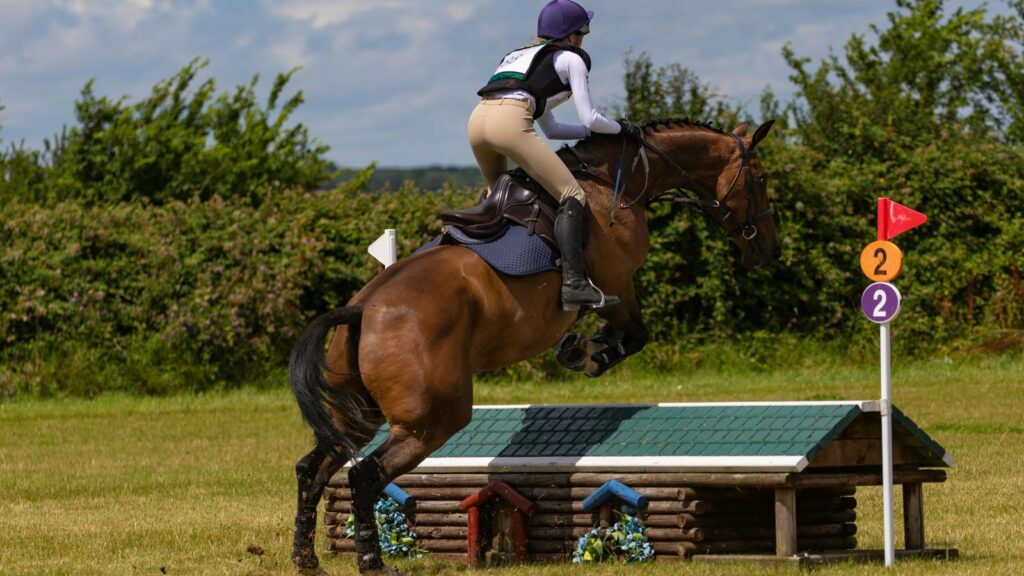
The Spruce Meadows ‘Masters’ Tournament has established itself as North America’s premier show jumping event and one of the most respected competitions in the world since its founding in 1976 in Calgary, Canada. As part of the Rolex Grand Slam of Show Jumping alongside CHIO Aachen, CHI Geneva, and The Dutch Masters, the event features the CP ‘International’, presented by Rolex, offering over $3 million in prize money and classified as a CSI5* competition—the highest level in show jumping. The competition takes place across 553 acres of meticulously maintained grounds featuring multiple grass and all-weather rings, with the iconic International Ring serving as the centerpiece where crowds of 30,000 spectators create an atmosphere that riders describe as both intimidating and inspiring. Spruce Meadows distinguishes itself through challenging course designs that frequently incorporate natural-style obstacles, substantial width and height combinations, and thoughtful use of terrain, testing not just the technical jumping ability but also the courage and adaptability of the world’s finest horse and rider combinations in what many consider to be the sport’s most demanding venue.
The Grand National: The Ultimate Steeplechase Challenge
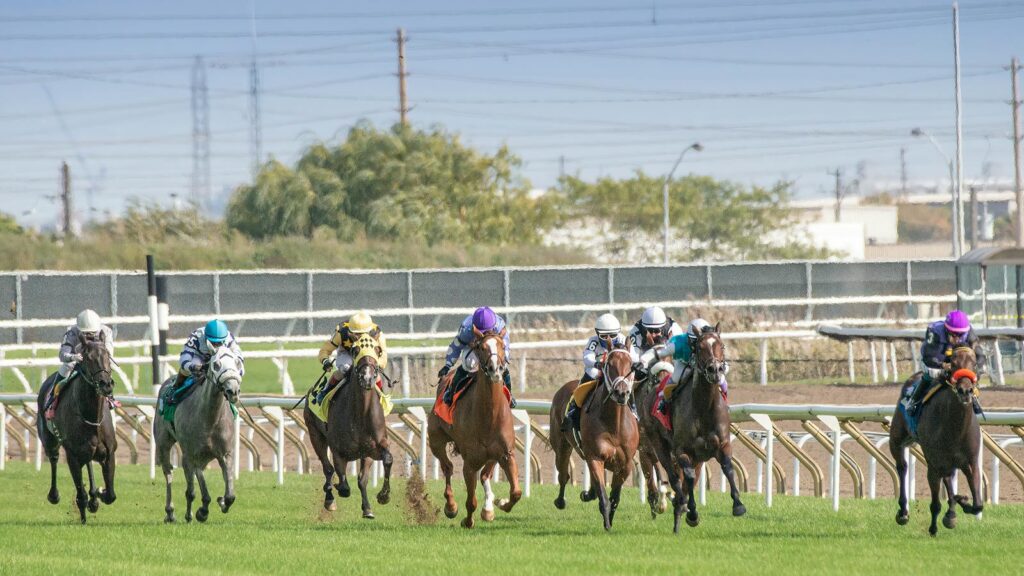
The Grand National at Aintree Racecourse near Liverpool, England, stands as the world’s most famous and demanding steeplechase since its inaugural running in 1839, challenging horses and riders over 4 miles and 514 yards with 30 formidable fences. This handicap race draws a massive global television audience exceeding 500 million across 140 countries, with iconic obstacles like Becher’s Brook, The Chair, and the Canal Turn having entered sporting folklore due to their difficulty and distinctive characteristics. The Grand National’s unpredictable nature has produced legendary stories like Red Rum’s three victories in the 1970s and 100-1 outsider Mon Mome shocking the racing world in 2009, creating a competition where experience and jumping ability often triumph over raw speed. Modern safety modifications have preserved the challenging character of the race while reducing risks, maintaining the Grand National’s position as the supreme test in jump racing that captures public imagination beyond traditional racing audiences, with an estimated one-third of the UK adult population placing a bet on the outcome, demonstrating its cultural significance that transcends the sport itself.
The FEI World Cup Finals: Indoor Championship Excellence
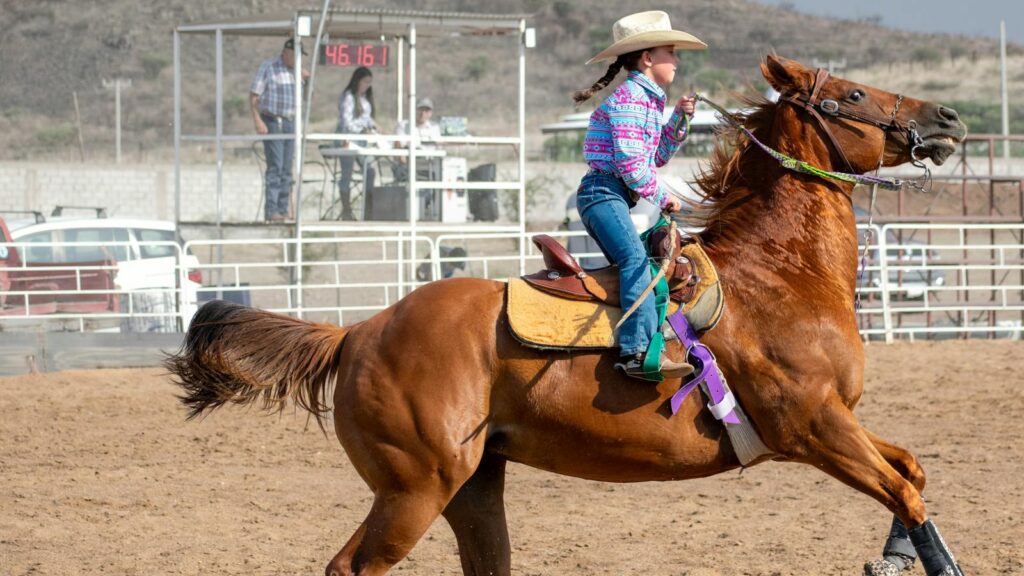
The FEI World Cup Finals represent the pinnacle of indoor equestrian competition, bringing together qualified riders from leagues around the world to determine annual champions in jumping, dressage, and driving. The Jumping Final, established in 1979, features a distinctive format culminating in a grand finale where riders face challenging technical courses in arenas with limited space, demanding precision, agility, and careful management of tight turns and combinations. The Dressage Final, inaugurated in 1986, showcases the highest level of this discipline with Grand Prix, Grand Prix Special, and the crowd-pleasing Grand Prix Freestyle to music, where artistic impression and technical execution merge to create equestrian performances that resemble athletic artistry. Unlike outdoor championships that rotate between venues on a quadrennial cycle, the World Cup Finals occur annually in selected cities, creating a consistent championship rhythm that provides continuity for fans and heightened competition as riders battle through their regional leagues seeking qualification points to earn one of the limited berths at these prestigious finals, which often attract sell-out crowds in major indoor arenas around the world.
The Longines Global Champions Tour: Show Jumping’s Premier League
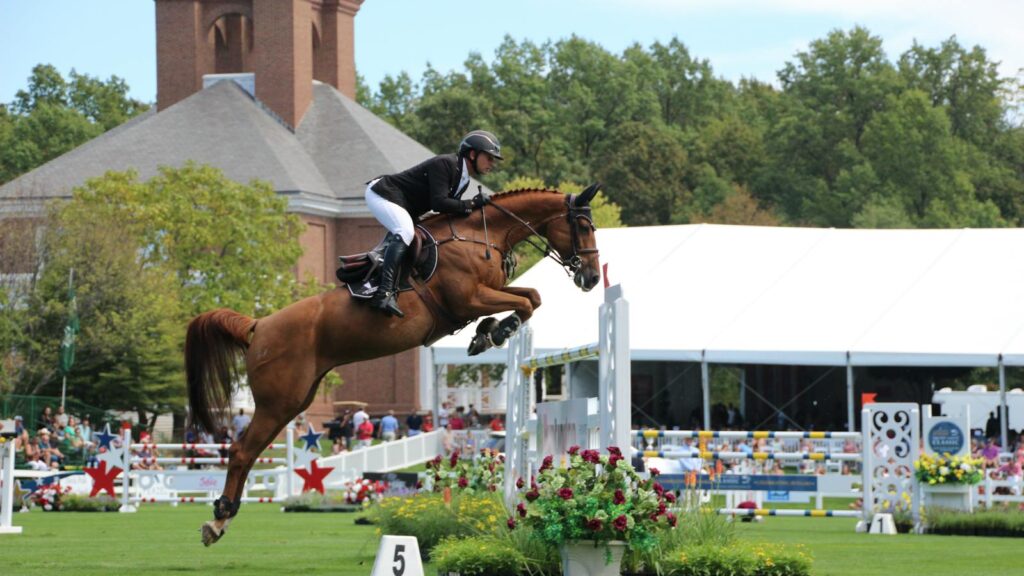
The Longines Global Champions Tour has revolutionized show jumping by creating an international circuit that combines sporting excellence with spectacular venues since its founding in 2006 by Olympic gold medalist Jan Tops. This elite series spans approximately 15 events across Europe, Asia, and the Americas, setting up temporary arenas in iconic locations like Miami Beach, Monaco’s Port Hercule, Paris by the Eiffel Tower, and Shanghai’s former Olympic stadium, bringing top-level equestrian sport to urban centers and new audiences. With over €35 million in prize money across the season, the tour attracts the world’s top 30 ranked riders competing on carefully designed courses that test technical skill, speed, and precision jumping, culminating in the Global Champions Tour Super Grand Prix in Prague where the winners from each leg battle for season supremacy. The introduction of the Global Champions League team competition has added another dimension to the tour, with franchise teams owned by investors including Bill Gates and Michael Bloomberg competing throughout the season, creating season-long narratives and rivalries that have helped transform traditional show jumping into a more commercially viable and spectator-friendly sport with enhanced media coverage and a dedicated following beyond traditional equestrian audiences.
The America’s Cup of Polo: The Sport of Kings’ Premier Event

The America’s Cup of Polo represents the historic pinnacle of international polo competition, pitting the United States against international challengers in a tradition dating back to 1886 when America first competed against England at Newport, Rhode Island. Unlike weekly polo tournaments, this prestigious cup competition occurs less frequently and carries significant diplomatic importance, often attracting heads of state, royalty, and celebrities when contested at venues like the International Polo Club Palm Beach or the Guards Polo Club near Windsor, England. The matches showcase polo at its highest level—typically the 26-goal handicap, meaning each four-person team collectively holds a handicap of 26 goals or higher, featuring the sport’s top professionals who can command horses (called “ponies” in polo tradition) valued at hundreds of thousands of dollars each. The America’s Cup embodies polo’s reputation as “the sport of kings” through its combination of exclusivity, expense, and extraordinary skill requirements, with players controlling their horses at full gallop while striking a ball with precision using a mallet with a 4.5-foot shaft, in what many consider the most difficult coordination of human and equine athleticism in any equestrian discipline.







